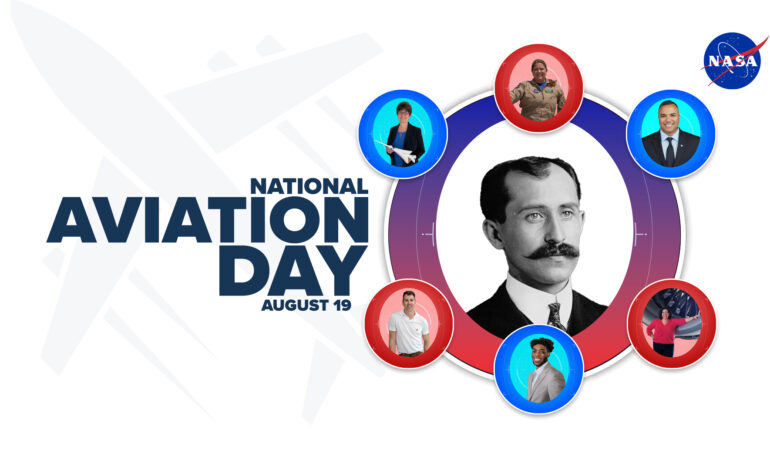NASA Celebrates National Aviation Day with Innovations and Events

On August 19, NASA invites the public to celebrate National Aviation Day, recognizing the significant contributions made to aviation since the first powered flight by Orville Wright in 1903. Established by President Franklin Roosevelt in 1939, this day pays homage to aviation pioneers and highlights ongoing advancements in aeronautics.
This year’s observance encourages communities to engage in activities that celebrate flight, reflecting NASA’s commitment to innovation in the field of aviation. The agency has made substantial contributions over the past century, enhancing the safety and efficiency of air travel. NASA’s aeronautical innovations include technologies that many passengers might encounter on their flights today.
Key Innovations in Aviation
NASA has played a pivotal role in the development of several key aviation technologies. For instance, winglets—vertical extensions added to wing tips—help reduce aerodynamic drag without increasing wingspan. This technology not only enhances an airplane’s range but also decreases fuel consumption, becoming a common sight on commercial aircraft.
In collaboration with industry partners, NASA also pioneered chevron nozzles, which incorporate saw-tooth cutouts to reduce noise levels both on the ground and within the passenger cabin. This innovation has significantly improved the auditory experience of air travel.
Moreover, NASA introduced the concept of glass cockpits, replacing traditional dial and gauge instruments with flat-panel digital displays. This modernization allows flight crews to access critical information more efficiently, thereby improving overall flight safety and performance.
Ways to Celebrate National Aviation Day
To mark National Aviation Day, NASA suggests several engaging activities for aviation enthusiasts and the general public. Visiting local science museums or NASA visitor centers is a great way to explore exhibits that celebrate aviation history and technology. Notable locations include the visitor centers at NASA’s Langley Research Center in Virginia, Glenn Research Center in Ohio, and Ames Research Center in California.
For those who enjoy films, watching aviation-themed movies can provide both entertainment and education. NASA recommends titles such as the documentary X-59: NASA’s “Quesst” for Quiet Supersonic Flight, available on NASA+ streaming service.
Individuals can also foster a hands-on appreciation for aviation by building model airplanes or even taking introductory flight lessons at local general aviation airports. Many of these locations offer discounted first-time flying experiences, allowing participants to experience the thrill of flight.
Reading aviation-related books from local libraries or downloading NASA e-books can deepen one’s understanding of aviation history and technology. Titles like “Through the Glass Ceiling to the Stars” by Eileen Collins offer personal insights into the world of aviation and space exploration.
Lastly, a picnic at a popular plane spotting location near an airport can provide a unique opportunity to observe various aircraft take off and land, making for an enjoyable and educational outing.
As NASA continues to innovate and transform aviation, the agency encourages everyone to celebrate National Aviation Day by engaging with the rich history and future of flight.
For more information and updates on NASA’s aeronautics research, follow the agency on social media @NASAaero and visit the NASA Aeronautics topic page.






